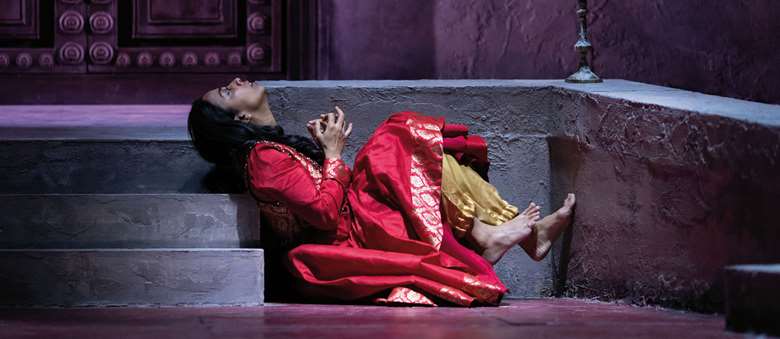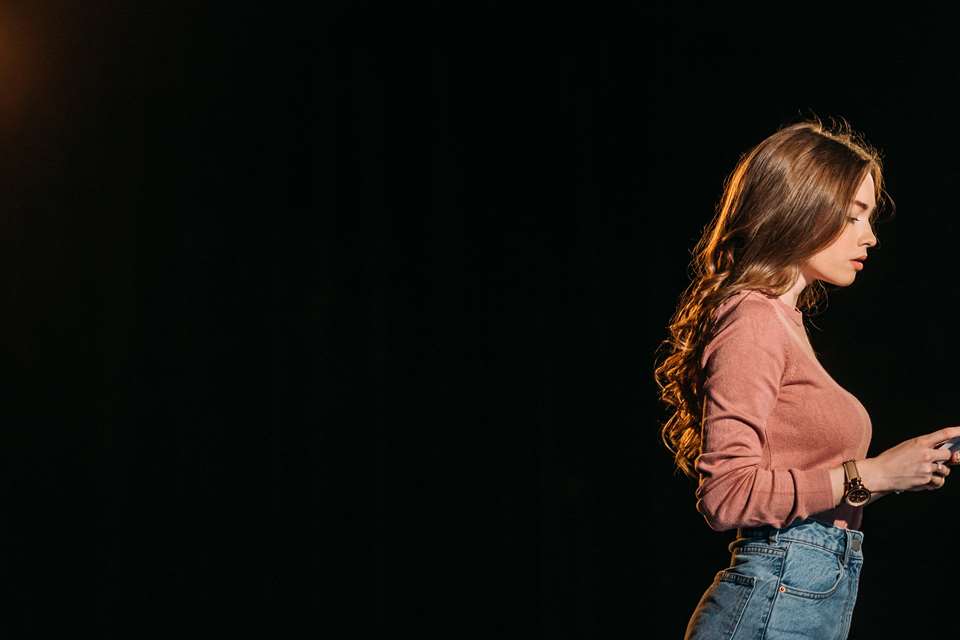Planting the seeds of diversity: Pearson's new GCSE set texts
Dan Clay
Wednesday, September 1, 2021
In an announcement praised by many in Drama education, Pearson have added four new GCSE set texts, each by writers from the global majority. Dan Clay finds out more about the move, and Pearson's vision for the future

Helen Maybanks
Don't just send a message, send a statement. The philosophy behind Pearson's recent decision to add four new GCSE set texts by global majority writers is something that undoubtedly is long overdue. But what can teachers expect from these texts and why is this change such a welcome one for those who've campaigned for greater inclusivity for a long while?
A step forward from Pearson
‘We've been in conversation with the exam boards for around 5 years asking for work by writers from the global majority to be included as set texts,’ says Romana Flello, participation manager at the Royal Court Theatre and Chair of the London Theatre Consortium (LTC) Creative Learning Group who will offer the Pearson Drama team expert support and content for these texts.
‘The set texts are seen as valued texts within the canon of theatre and yet do not represent the breadth of theatre which exists. Young people feel that these texts are not currently reflective of the world in which they live or representative of their experiences,’ she adds.
‘We are not asking for any texts to be replaced or removed but for work by writers from the global majority to be included so that young people can see all narratives are valued and that theatre is a viable career for all.’
Which is why from September 2021 teachers and students on Pearson's GCSE specification will have the opportunity to explore and experience Tanika Gupta's India-based adaptation of A Doll's House; Roy Williams' update of the classic tragedy Antigone; Bola Agbaje's award winning play about race identity and youth culture Gone Too Far! and In-Sook Chappell's North Korean-based drama The Free9.
Uniting all students and teachers
‘We hope that, by studying voices and stories from a range of cultures and backgrounds through works that teachers may not be aware of, students will develop a keener understanding of the diverse world around them, gaining insight into both what unites us as people, and also what makes us unique,’ says Katy Lewis, head of English, Drama and Languages at Pearson.
This is something Romana hopes the inclusion of these texts will achieve too. ‘We hope teachers will be inclined to discover more new work by global majority writers. To approach their teaching from an anti-racist standpoint, creating open dialogue alongside their students to dismantle systems of oppression,’ she highlights.
‘The resources we have created to support these texts will encourage teachers to make links with theatres and the industry, which in turn will support the teaching of Drama as a whole. If young people see drama as a place where they belong, I think it is likely there will be a higher take-up in arts subjects.’
A reflection of those inside and outside the classroom
Practically, how might the inclusion of these new texts aid the teaching and learning of Drama in the classroom?
‘It is of the utmost importance that students feel the texts on our curriculum are not only relevant to them – that they can see themselves in the work – but also that we use a range of texts to introduce them to other cultures, other ways of life, other viewpoints,’ explains Rachel Burton, head of Drama at The St Marylebone CE School.
‘Exploring plays such as Roy William's Antigone and Bola Agbaje's Gone Too Far, in educational settings – written in language that many young people can connect with – is essential in creating theatre makers and writers of the future; their lived experience is validated as art,’ she adds. ‘Additionally, these adaptations of classic texts allow me to continue choosing modern pieces as performance texts for Component 2; essential when finding enough material for 40 to 50 GCSE students.’
Supporting resources
Accessing the content and support materials offered by Pearson's partnership with the RCT and LTC will be crucial she adds, to ensure students get the most from this exciting material. ‘It is important to add that the value of teaching any text in Drama is in the quality of the teaching itself. Simply having increased diversity of writers won't do the job alone. Teachers will need to approach these texts in an informed and emotionally intelligent way.’
Might this be the start of a greater diversity in the texts students study while at school? Rachel certainly hopes so. ‘We need our young people to see creativity, theatre, art, and literature as something for them,’ she says. ‘A really interesting mix of texts and styles from different eras, cultures, sexualities and genders is important in providing a balanced and challenging curriculum that both educates and inspires.’
This is a message Romana whole-heartedly agrees with. ‘One of the young people we have been working with told us when discussing the need for change – “my mum says if you have the same type of flower in your garden then you don't have a very interesting garden; if you have lots of different plants and flowers then you have the most beautiful garden in the world”.’
The Lyric Hammersmith offers a downloadable education back on Gupta's adaptation of A Doll's House, including an interview with actor Anjana Vasan and musician Arun Ghosh at lyric.co.uk/education-packs/a-dolls-house


